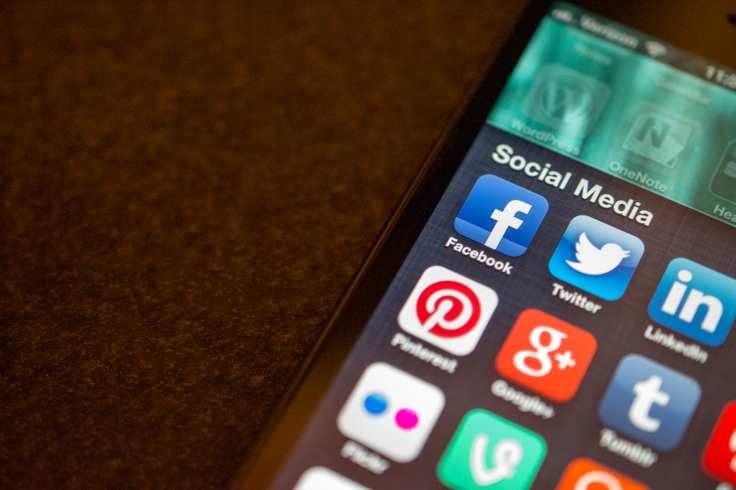Social Media Activists, Called 'Slacktivists,' Help More Than You Think

Every few weeks — or every few days, lately — we watch another violent tragedy unfold somewhere in the world. Whether the perpetrator of the violence is a government, natural disaster, terrorist group, or individual is irrelevant. If the event captures the attention of social media users, we can be sure of a few things: supportive profile pictures, trending hashtags, and posts sending prayers and lamenting the violence. You may have noticed certain friends or followers constantly participating in this behavior, and it’s easy for some to dismiss these users as “slacktivists,” those who only do simple, easy things for a cause instead of active, well, activism.
A new study has found, however, that these “slacktivists” may actually play a critical role in spreading ideas and extending the reach of social movements. The research involved an analysis of tens of millions of tweets surrounding a few specific social protests, including the 2013 gezi park protests in Turkey, and the 2012 United for Global Change campaign, led by the Occupy and Indignados from Spain movements.
The team, led by Professor Sandra Gonzalez-Bailon, of the Annenberg School for Communication at the University of Pennsylvania, and Pablo Barbera, of New York University, used the location data embedded in tweets to differentiate between those who were physically at a protest site versus those tweeting about an issue from afar. They also analyzed users’ networks to construct a model of how information spread during the protest.
They also took a look at tweets concerned with non-protest events like the 2014 Oscars and the debate over raising the minimum wage in the U.S. What they discovered indicated that there were clear differences between protest and non-protest communication networks. Protest social networks showed a small minority active at the center that generated most of the content, photos, and messages. Then, a much larger “critical periphery” group amplified the messages from the core group. A “slacktivist” might only retweet a couple messages, but as a whole, their actions served to double the reach of the core protestors.
Gonzalez-Bailon said that both groups are necessary to give the protest resonance — a claim that has been hotly debated. Some critics doubted the role of social media in social movements — Malcolm Gladwell said in The New Yorker that “the revolution will not be tweeted.” He argued that real social change should have a more committed central authority, rather than the decentralized structure of social networks.
Gonzalez-Bailon agrees with a more moderate stance.
“Of course social media doesn’t push you to risk your life and take to the streets,” she said in a statement. “But it helps the actions of those who take the risk to gain international visibility.”
She explained that the influential core is, of course, necessary, but the peripheral users responsible for echoing are also vitally important.
“Peripheral users are not “slacktivists,” she said. “They are quintessential to understand why products for viral or protests go big.”
Source: Barbera P, Wang N, Bonneau R, Jost J, Nagler J, Gonzalez-Bailon S. the Critical Periphery in the Growth of Social Protests. PLOS ONE. 2015.



























